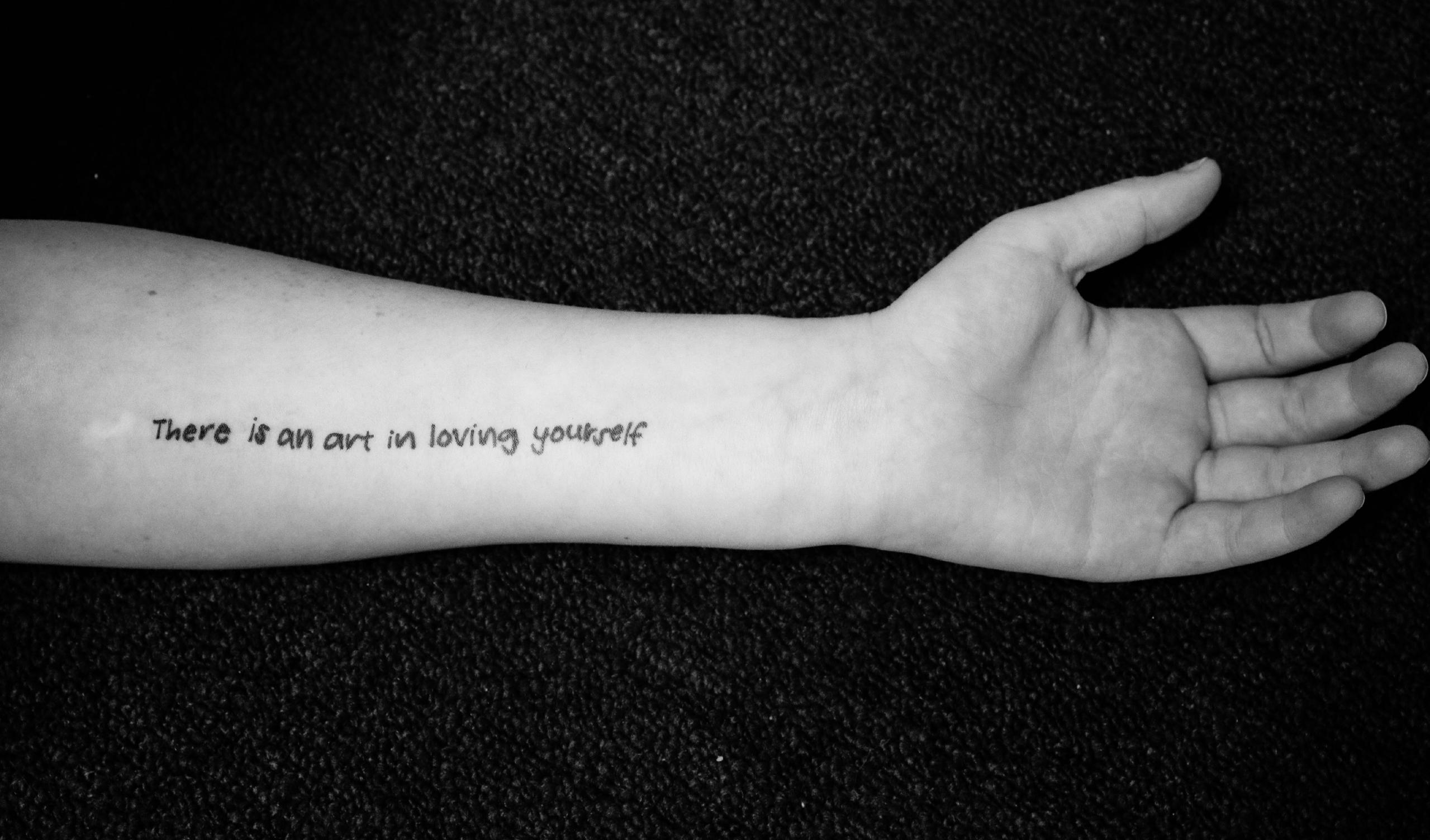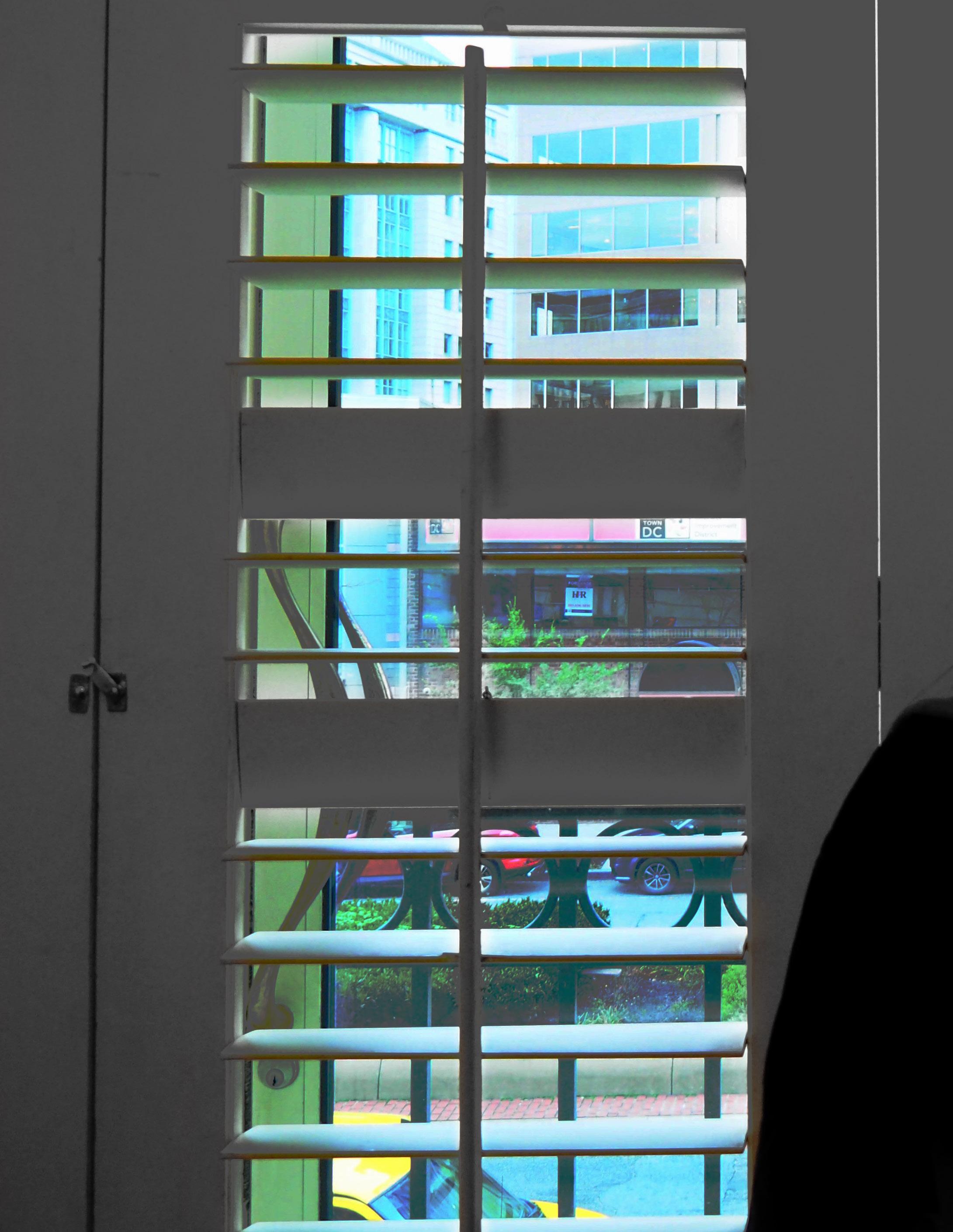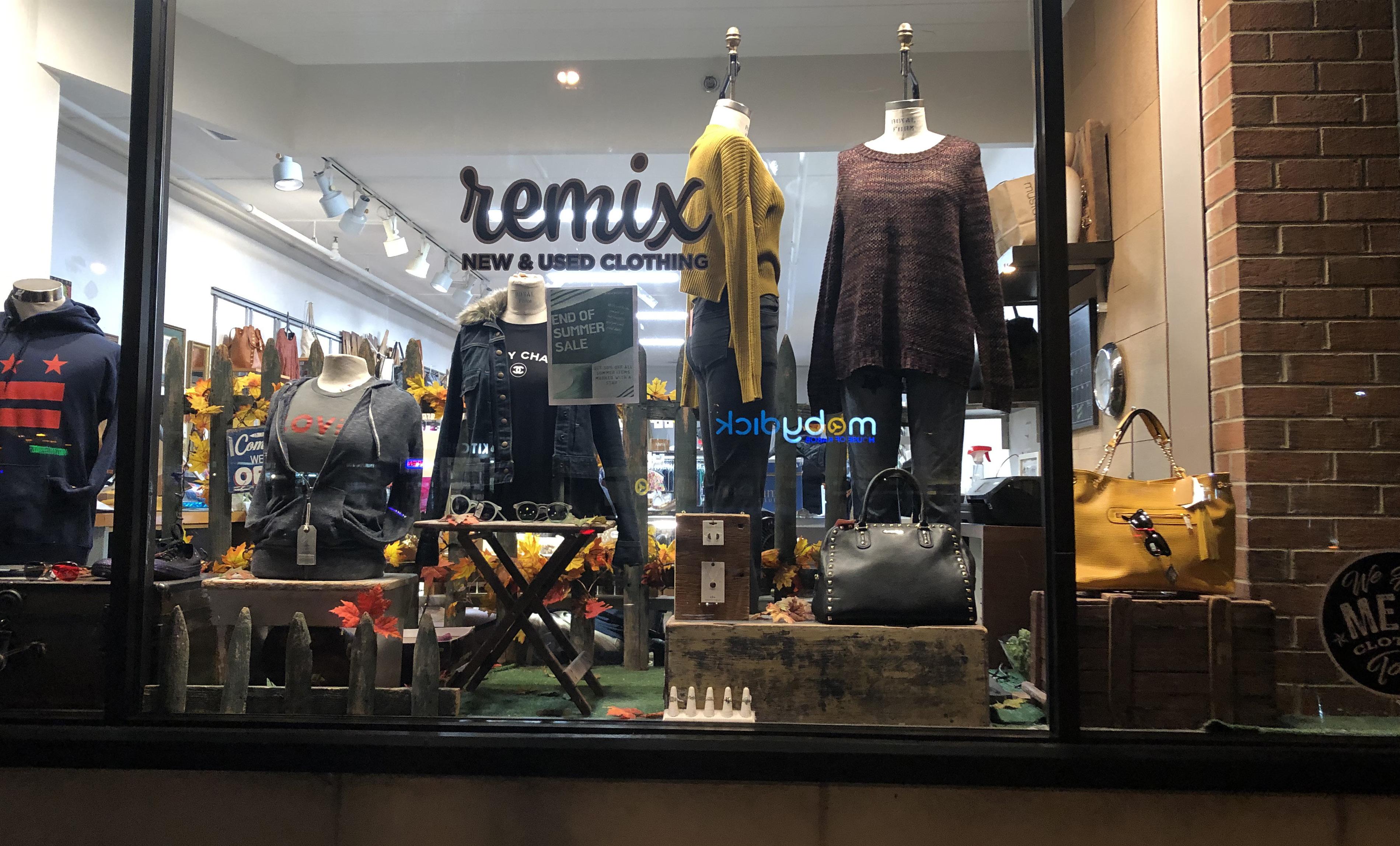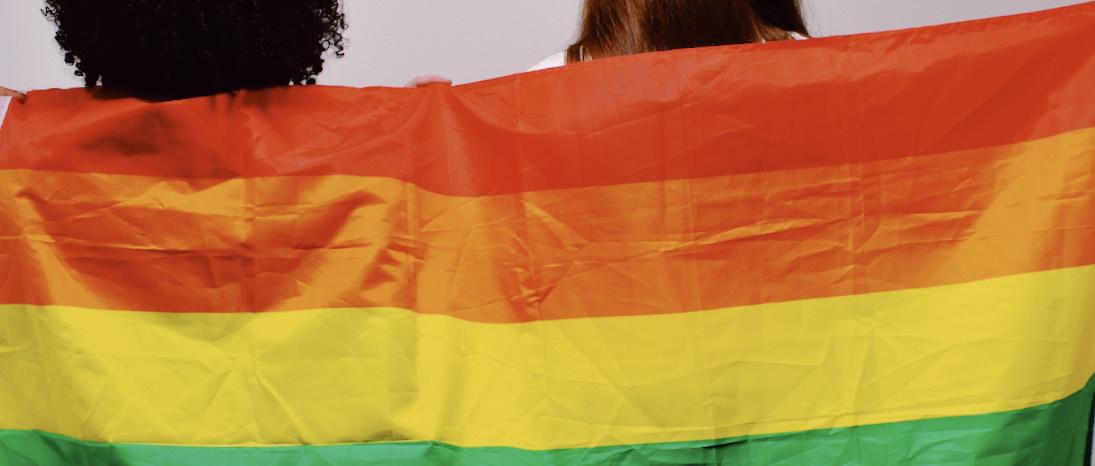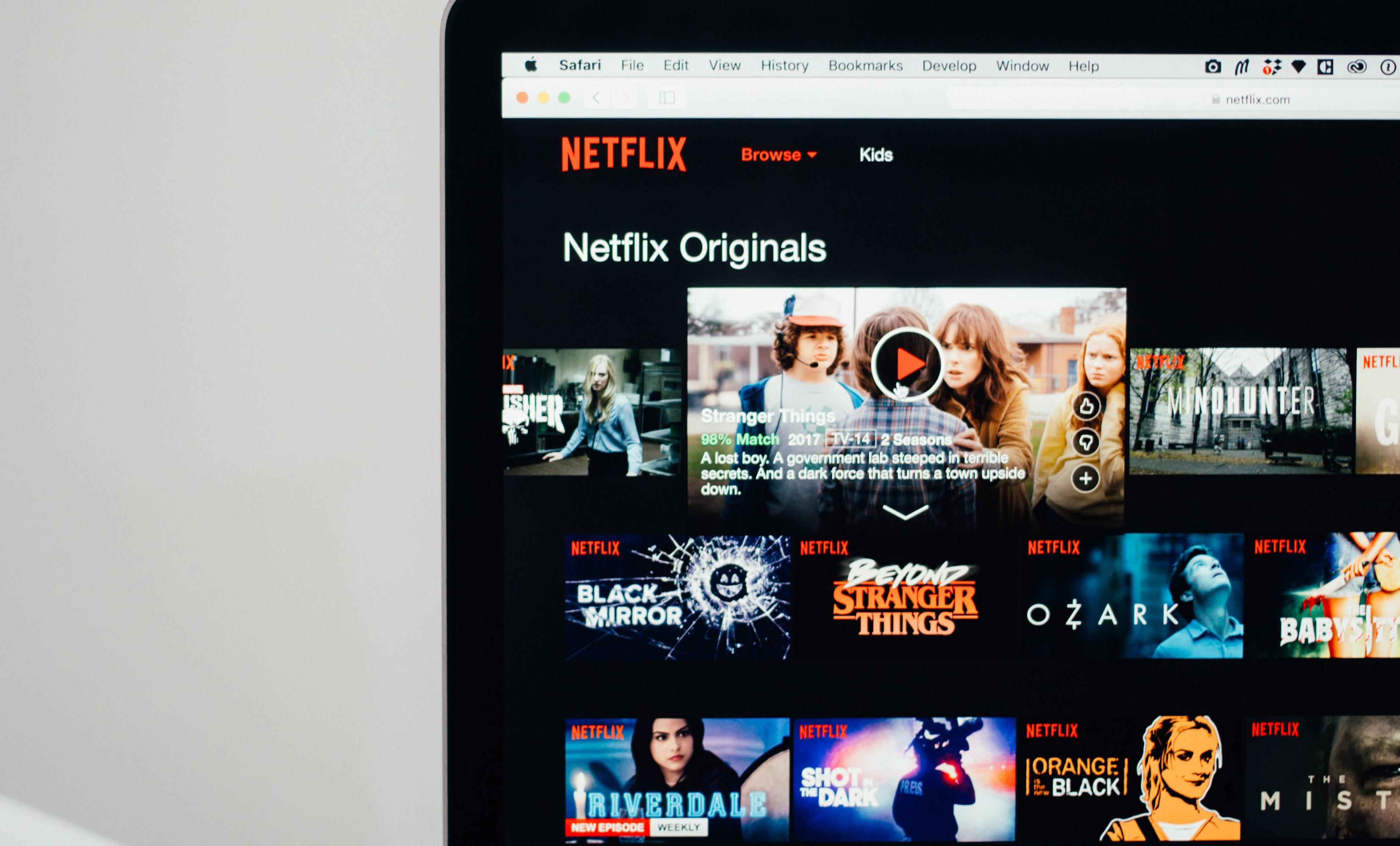GROWING UP KOREAN AMERICAN Paige Kouh Vidisha Banerjee “So where are you from?” is probably my most asked question. I know what you really mean to ask me is “what kind of Asian are you?” So, why not just ask me that? It would save time for both of us and make the process much more efficient. Instead, I continuously find myself caught up in the same conversation every time I meet someone new and it is always the same list of questions being asked, one right after another. “Where are you originally from?” “Do you speak Korean at home?” “So why don’t your parents have accents?” Then, I end up responding with something along the lines of: “I was actually born here. I’m American but both my mother and father immigrated here when they were just kids along with my grandparents.” “No, we don’t speak Korean at home unless our grandparents are over; and my parents do not have accents because, once again, they have been living in the United States from the ages of nine and thirteen.”
5 | COLLEGIETTE
When I was a little girl, I used to hate being Korean. It wasn’t that I necessarily detested being Korean specifically, it was more that I really disliked being Asian in general. I felt that was all people saw in me whenever I would meet someone new. As a little girl, I didn’t have a strong grasp on the concept of culture, different ethnicities, and how special it is to be able to share a culture and connection with those you love most. As I’ve gotten older, I’ve also grown into my Korean half and have learned to love the culture that I come from. Growing up as a Korean American put me face to face with barriers that I was forced to break through in order to recognize the beauty that lies in not being ashamed of who you are. In elementary school, I got my first taste of the reality of having a different ethnic background. For example, amid the hustle and bustle of snack time, intertwined with the chaos of kids trading and bartering their snacks with one another, I quickly realized that dried seaweed crisps and rice cakes were not the hot commodity in the kindergarten classroom. My Korean snacks simply could not compete with the idolized fruit roll-ups and iced animals crackers that every other kid in my class seemed to have and want. Fifth grade was the first time a classmate of mine made fun of my smaller and narrow eye shape. I always knew that




